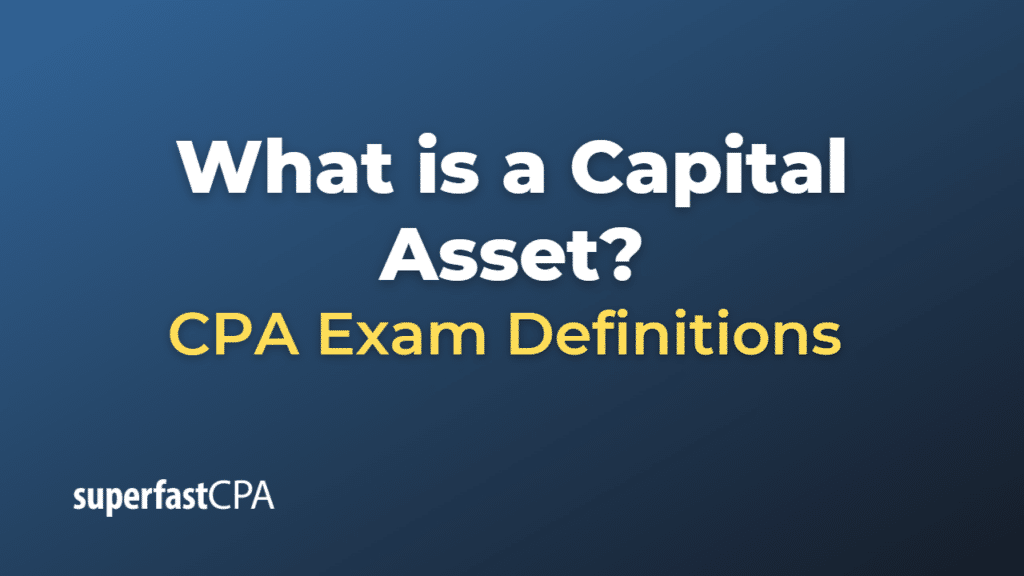Capital Asset
A capital asset is a long-term asset owned by a company or an individual, held or used for generating income, appreciation in value, or to support the ongoing operations of the business. Capital assets typically have a useful life of more than one year and are not intended for sale during the normal course of business operations. Examples of capital assets include property, plant, equipment, vehicles, machinery, and investment securities.
For businesses, capital assets are crucial for maintaining and expanding operations, as they form the foundation of the company’s production and service capabilities. Capital assets are recorded on a company’s balance sheet and are subject to depreciation or amortization over their useful lives, reflecting the decline in value as they age and are used in the business operations. This depreciation or amortization is reported as a non-cash expense on the company’s income statement, reducing its taxable income and potentially lowering its tax liability.
For individuals, capital assets can include personal property such as real estate, vehicles, and investment securities like stocks and bonds. Capital assets held by individuals can also be subject to capital gains tax when they are sold at a profit, as the increase in value over the holding period is considered a taxable gain.
In summary, capital assets are long-term assets that are used to generate income, appreciate in value, or support the ongoing operations of a business or individual. They are crucial for maintaining and expanding operations and are subject to depreciation, amortization, and taxation considerations.
Example of a Capital Asset
Let’s consider a fictional example of a small restaurant business, “TasteBuds Bistro,” and the capital assets it owns and uses to operate.
TasteBuds Bistro has the following capital assets:
- Real estate: TasteBuds Bistro owns the building in which it operates, valued at $500,000. This real estate property is a capital asset that provides a stable location for the restaurant and may appreciate in value over time.
- Kitchen equipment: The restaurant has invested $100,000 in commercial-grade kitchen equipment, such as ovens, stoves, refrigerators, and dishwashers, to prepare and serve food to its customers.
- Furniture and fixtures: TasteBuds Bistro has spent $50,000 on dining tables, chairs, lighting, and decor to create a comfortable and inviting atmosphere for its patrons.
- Company vehicle: The restaurant owns a delivery van worth $20,000, which it uses to provide catering services for events and deliver food to customers’ homes.
These capital assets, with a combined value of $670,000, play a crucial role in TasteBuds Bistro’s ability to operate and generate revenue. Each capital asset has a useful life and will be depreciated over time, reflecting its declining value as it is used in the business operations.
For example, the kitchen equipment may have a useful life of 10 years, and its depreciation expense will be recorded on TasteBuds Bistro’s income statement each year. The depreciation expense reduces the company’s taxable income, potentially lowering its tax liability.
In this example, TasteBuds Bistro’s capital assets provide the foundation for its operations and enable it to serve its customers and generate income. Proper management and maintenance of these capital assets are essential for the restaurant’s long-term success and profitability.













